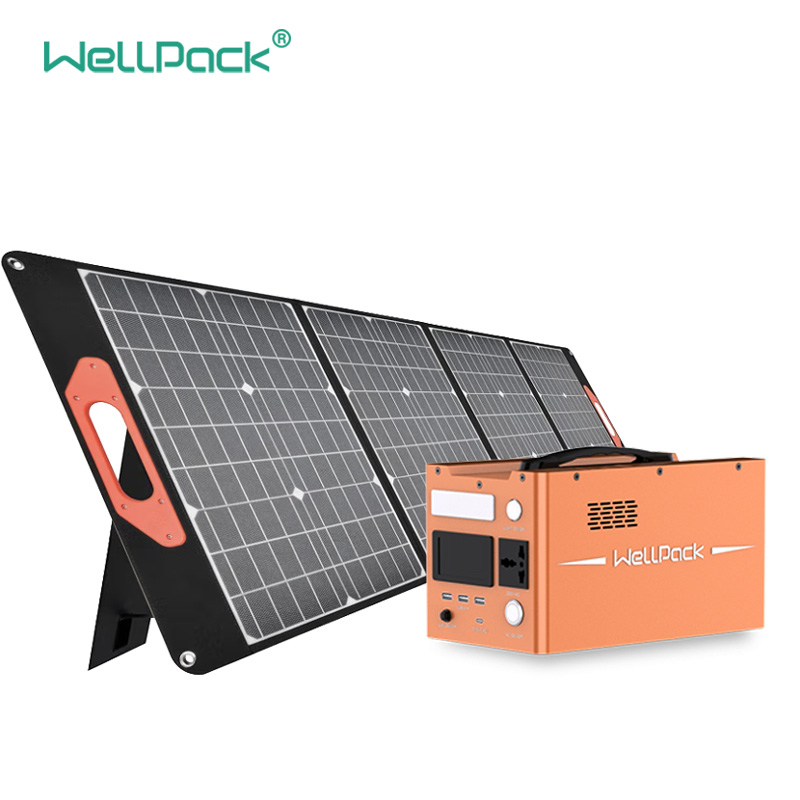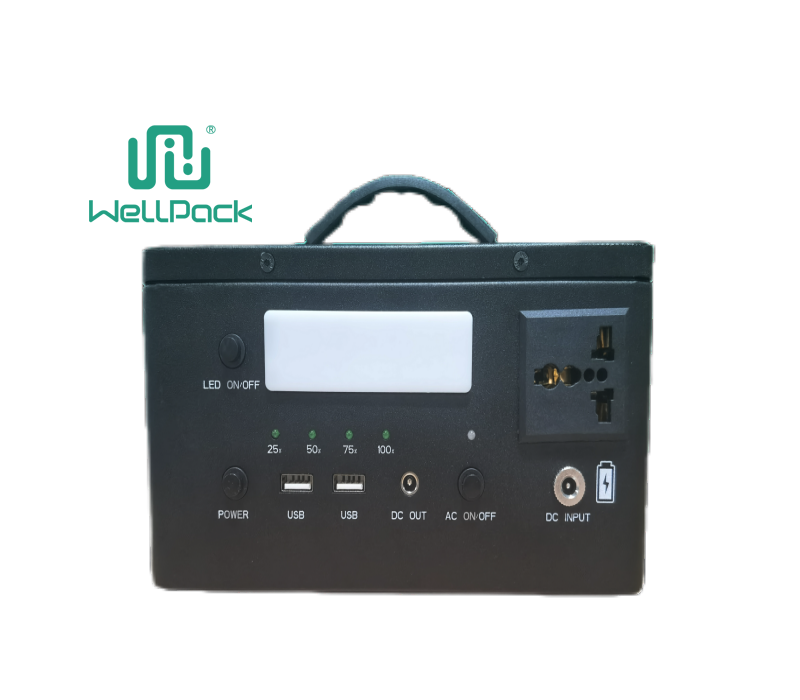Photovoltaic storage charging is a combination of solar power generation and electric vehicle charging, which can achieve multiple benefits such as zero-carbon travel, energy saving, and cost reduction. In this article, we will introduce some of the application scenarios of photovoltaic storage charging and how it can help us achieve a net-zero energy future.
What is photovoltaic storage charging?
Photovoltaic storage charging is a system that uses photovoltaic panels to convert solar energy into electricity, and then stores the excess electricity in a battery energy storage system (BESS), which can be used to charge electric vehicles (EVs) or other electrical devices. The system can also be connected to the grid, and sell or buy electricity according to the market price and demand.
Photovoltaic storage charging can reduce the dependence on fossil fuels and grid power, and lower the carbon footprint of transportation. It can also improve the efficiency and reliability of power supply, and reduce the cost of electricity for consumers.
What are the application scenarios of photovoltaic storage charging?
Photovoltaic storage charging can be applied in various scenarios, such as residential, commercial, industrial, public, and remote areas. Here are some examples:
Residential
Residential photovoltaic storage charging can provide clean and cheap electricity for households, and also charge their EVs at home. The system can be installed on the rooftop or carport of the house, and use smart meters and controllers to optimize the power flow between the photovoltaic panels, the battery, the EVs, and the grid. The system can also participate in demand response programs or peer-to-peer energy trading platforms, and earn extra income by providing ancillary services or selling surplus electricity to the grid or other consumers.
Commercial
Commercial photovoltaic storage charging can be used by businesses such as shopping malls, hotels, office buildings, schools, hospitals, etc., to reduce their electricity bills and carbon emissions. The system can be installed on the rooftop or parking lot of the building, and provide electricity for lighting, air conditioning, appliances, etc., as well as charging for EVs of customers or employees. The system can also use smart algorithms to optimize the power dispatch between the photovoltaic panels, the battery, the EVs, and the grid, and take advantage of time-of-use tariffs or net metering schemes to maximize the economic benefits.
Industrial
Industrial photovoltaic storage charging can be used by factories or warehouses to lower their operating costs and improve their energy security. The system can be installed on the rooftop or unused land of the industrial site, and provide electricity for production equipment, machinery, etc., as well as charging for EVs of workers or logistics vehicles. The system can also use advanced energy management systems to monitor and control the power consumption and generation of the site, and adjust the power flow between the photovoltaic panels, the battery, the EVs, and the grid according to the load demand and grid conditions.
Public
Public photovoltaic storage charging can be used by public facilities such as parks, stadiums, museums, libraries, etc., to enhance their public service and environmental performance. The system can be installed on the rooftop or canopy of the facility, and provide electricity for lighting, entertainment, information display, etc., as well as charging for EVs of visitors or staff. The system can also use intelligent sensors and communication devices to collect and analyze data on the power usage and generation of the facility, and optimize the power distribution between the photovoltaic panels, the battery, the EVs, and the grid.
Remote
Remote photovoltaic storage charging can be used by off-grid areas such as islands, mountains, deserts, etc., to provide access to clean and reliable electricity and transportation. The system can be installed on the ground or on mobile platforms, and provide electricity for basic needs, communication, education, healthcare, etc., as well as charging for EVs of residents or tourists.
Conclusion
Photovoltaic storage charging is a promising solution for achieving a net-zero energy future. However, it also faces some challenges that need to be overcome. Therefore, more research and development, demonstration and deployment, policy support and regulation, market promotion and education are needed for photovoltaic storage charging systems. By doing so, we can enjoy more benefits from this innovative technology.










